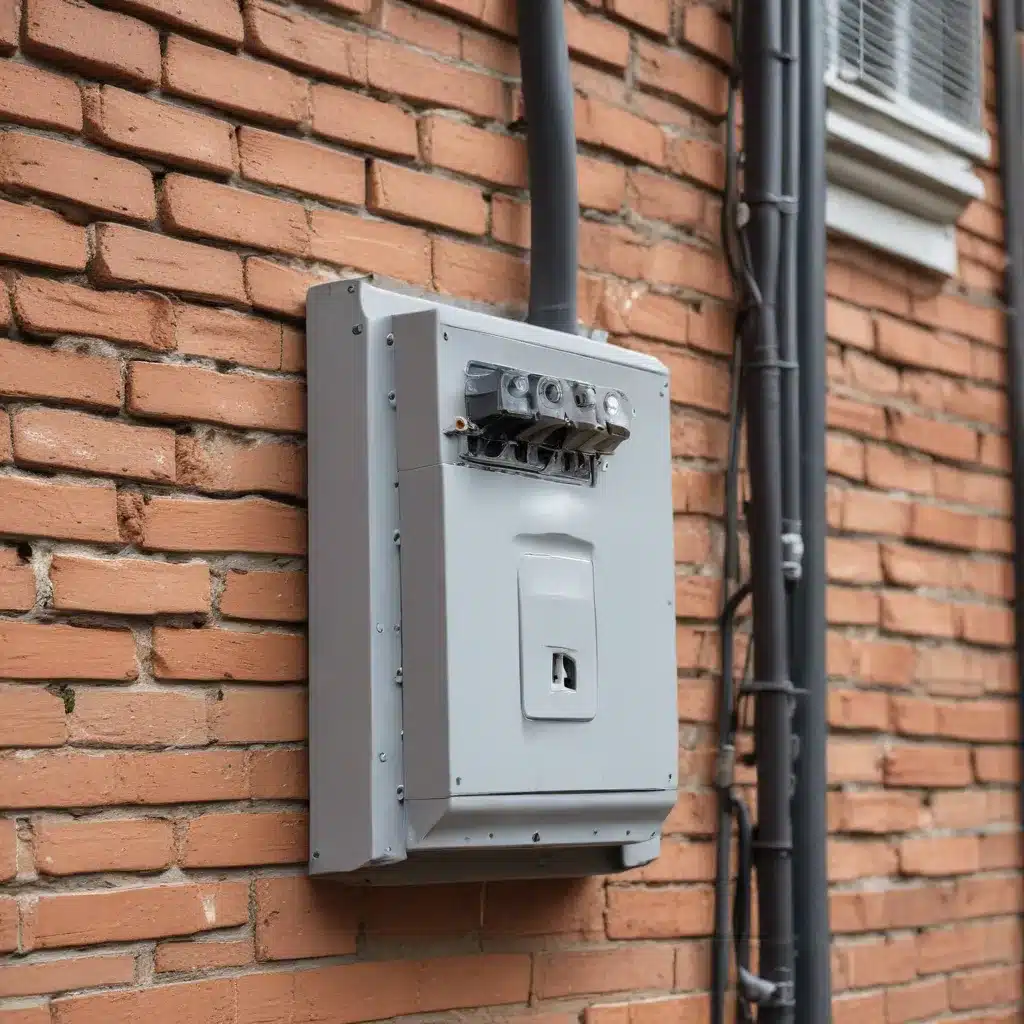
As a seasoned construction professional and interior designer, I’ve witnessed firsthand the growing importance of weatherproofing and climate-resilient home renovations. In this comprehensive guide, we’ll explore the critical role of electrical upgrades in enhancing your home’s ability to withstand the increasing challenges posed by extreme weather events and shifting climate patterns.
The Importance of Electrical Upgrades for Climate Resilience
In an era marked by more frequent and severe storms, heat waves, and power outages, ensuring your home’s electrical systems are up to the task is paramount. Outdated or inadequate electrical infrastructure can leave your property vulnerable to disruptions, compromising the safety and comfort of your living environment.
By proactively incorporating climate-conscious electrical upgrades, you can not only safeguard your home but also unlock a host of benefits, including:
- Improved Energy Efficiency: Modern, energy-efficient electrical systems can significantly reduce your energy consumption, lowering utility bills and your carbon footprint.
- Enhanced Resilience: Robust electrical upgrades can keep your home powered during grid failures, providing a reliable source of backup power and maintaining essential functions.
- Increased Property Value: Well-executed electrical renovations can enhance the overall value of your home, making it more attractive to potential buyers.
- Healthier Living: Modernized electrical systems can improve indoor air quality, reduce the risk of fire and electrical hazards, and create a more comfortable living environment.
Prioritizing Electrical Upgrades for Climate Resilience
When it comes to weatherproofing your home, electrical upgrades should be a top priority. Here are some key areas to focus on:
1. Electrical Panel Upgrades
The electrical panel is the heart of your home’s power distribution system. Older, outdated panels may lack the capacity to handle the increased electrical demands of modern homes, making them vulnerable to overloads and power disruptions.
Consider upgrading to a higher-capacity electrical panel, such as a 200-amp service, to ensure your home can accommodate future electrical needs, including the integration of energy-efficient appliances, electric vehicles, and renewable energy sources.
2. Backup Power Solutions
Reliable backup power is essential for maintaining critical functions during grid outages. Explore options such as whole-home generators or battery energy storage systems (BESS) to provide uninterrupted power supply for your home.
Generators can be fueled by natural gas, propane, or diesel, ensuring continued operation even when the grid is down. BESS, on the other hand, can be integrated with renewable energy sources like solar panels, creating a self-sustaining power system.
3. Surge Protection Devices
Electrical surges, often caused by lightning strikes or grid fluctuations, can wreak havoc on your home’s electrical systems, damaging sensitive electronics and appliances. Install whole-home surge protection devices to safeguard your property and its contents from these damaging power spikes.
4. Smart Home Technology
Embrace the power of smart home technology to enhance your home’s climate resilience. Smart thermostats, lighting controls, and energy monitoring systems can help you optimize energy usage, identify inefficiencies, and respond quickly to power outages or extreme weather events.
By integrating smart home features, you can remotely manage your home’s electrical systems, ensuring optimal performance and energy savings even when you’re away.
5. Renewable Energy Integration
Incorporating renewable energy sources, such as solar panels, can not only reduce your carbon footprint but also provide a reliable source of power during grid disruptions. When paired with battery storage, renewable energy systems can ensure your home maintains access to electricity, even when the grid is down.
Explore government incentives and rebates, such as the federal solar tax credit and state-level programs, to offset the upfront costs of renewable energy installations.
Navigating the Upgrade Process
Undertaking electrical upgrades for climate resilience can seem daunting, but with the right guidance, you can navigate the process with confidence. Here are some key steps to consider:
-
Conduct a Home Energy Assessment: Start by scheduling a comprehensive home energy assessment to identify areas for improvement, including your electrical systems. This evaluation will provide valuable insights into your home’s energy efficiency and help prioritize the necessary upgrades.
-
Consult with Qualified Professionals: Work closely with licensed electricians and contractors who specialize in climate-resilient home renovations. These experts can provide tailored recommendations, ensure code compliance, and oversee the implementation of your electrical upgrades.
-
Explore Financing Options: Take advantage of government incentives, rebates, and low-interest financing programs to make the investment in electrical upgrades more accessible. Organizations like the Local Builder London can help you navigate these opportunities and access the resources you need.
-
Prioritize and Phase Upgrades: If a comprehensive overhaul is not feasible, consider prioritizing the most critical electrical upgrades and phasing the work over time. This approach can help you manage costs while steadily improving your home’s resilience.
-
Embrace Sustainable Practices: Incorporate sustainable design principles and energy-efficient technologies into your electrical upgrades. This not only enhances your home’s climate resilience but also reduces its environmental impact and long-term operating costs.
Conclusion: Investing in Electrical Upgrades for a Climate-Resilient Future
In an era of heightened environmental challenges, proactive electrical upgrades are essential for safeguarding your home and ensuring your family’s well-being. By prioritizing climate-conscious electrical renovations, you can future-proof your property, improve energy efficiency, and provide a reliable source of power during times of crisis.
Embark on this journey with the guidance of experienced professionals and take advantage of the available resources and incentives. Your investment in weatherproofing your home’s electrical systems today will pay dividends in the years to come, enhancing your property’s value, your family’s comfort, and your community’s resilience.


